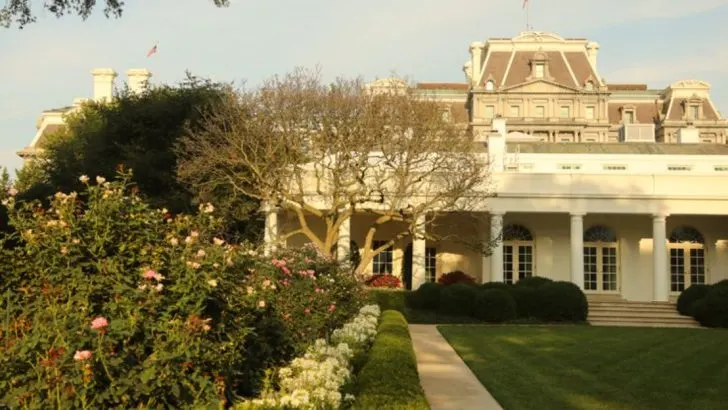The White House Garden is more than just a picturesque landscape – it’s a living piece of American history. From its roots in the 18th century to its modern-day role as a symbol of sustainability and tradition, this iconic garden holds secrets and stories that may surprise you.
Did you know it includes a kitchen garden introduced by a First Lady, or that its grounds have hosted beehives and exotic plants? Dive into these eight unbelievable facts about the White House Garden, and uncover the fascinating details behind this national treasure.
Presidential Apiary
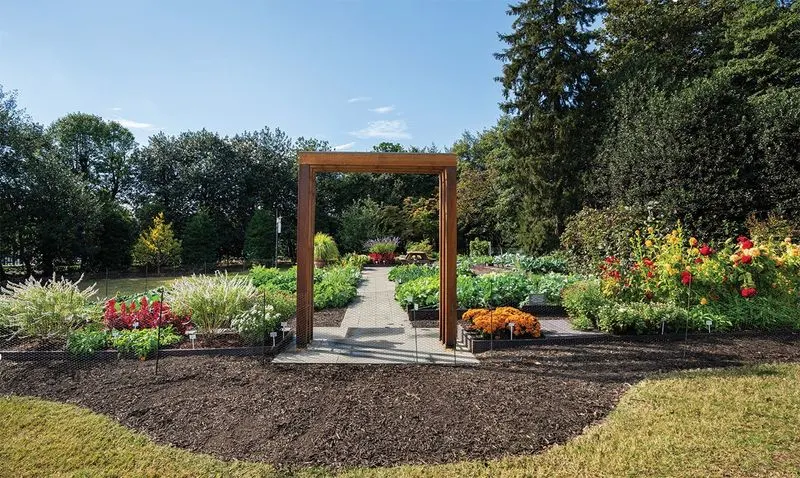
Did you know the White House garden hosts its own beehive? Established in 2009 during Michelle Obama’s tenure, the apiary produces honey used in the White House kitchen. Managed by a dedicated beekeeper, this hive supports local pollination and draws attention to the importance of bees in our ecosystem. The honey is not only a sweet treat; it also symbolizes a commitment to environmental sustainability. Visitors are often surprised to learn how these industrious insects contribute to the garden’s lushness, making it a thriving ecological haven.
Historic Rose Varieties
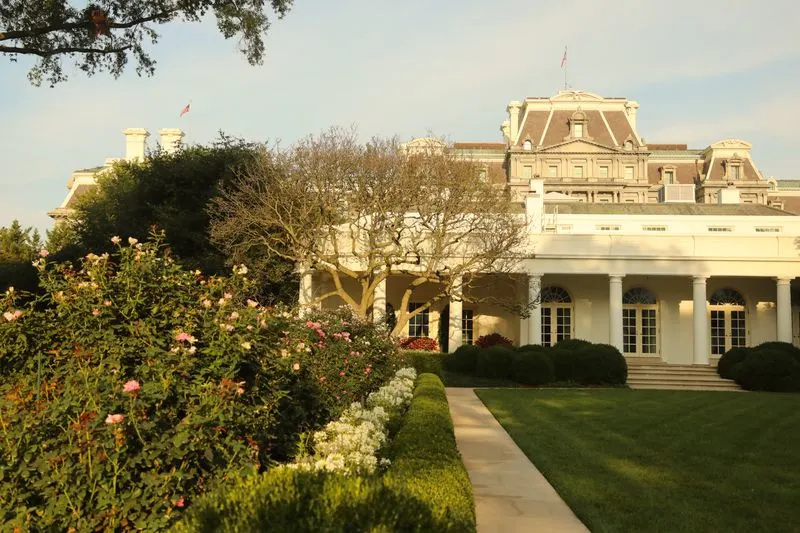
The White House garden blooms with roses that hold historical significance, some dating back to the early 19th century. These varieties were chosen for their resilience and beauty, reflecting different eras of American horticulture. Each rose bush tells a story of the past, connecting modern visitors to bygone times. Gardeners carefully maintain these roses, ensuring they flourish as they did centuries ago. This preservation of floral history enhances the garden’s charm, offering a fragrant journey through America’s horticultural legacy.
Organic Vegetable Patch
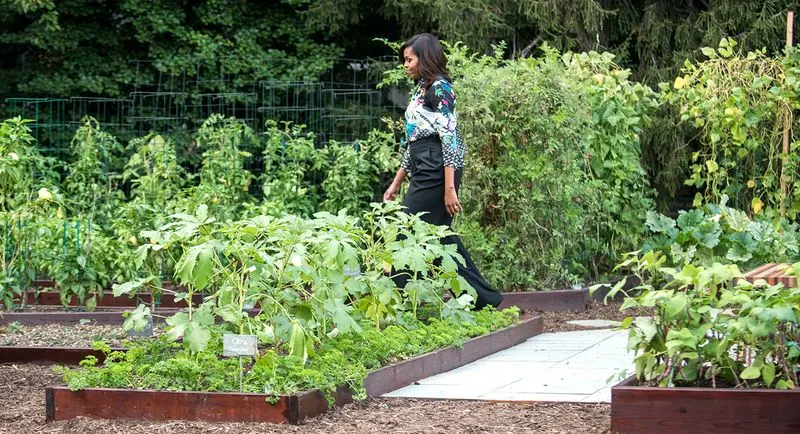
Nestled within the White House grounds lies an organic vegetable patch, planted to promote healthy eating and sustainable practices. Featuring seasonal vegetables and herbs, the patch is a source of fresh produce for the First Family’s meals. Beyond its culinary contributions, the garden serves as an educational tool, inspiring visitors to embrace organic gardening. This green space reflects a commitment to environmental responsibility, emphasizing the benefits of growing food naturally. It’s a small yet impactful part of the White House garden that champions health and sustainability.
Themed Garden Sections
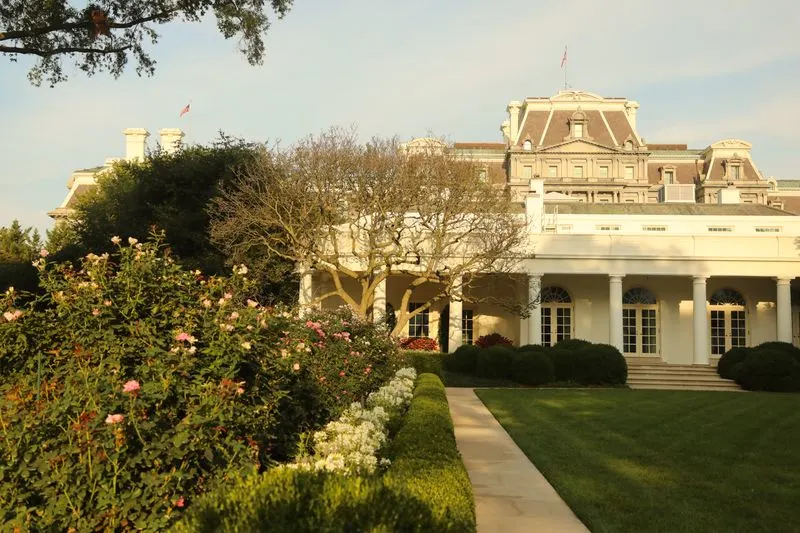
The White House garden boasts various themed sections, each designed to celebrate specific aspects of nature. From a butterfly garden attracting pollinators to an herb garden rich with aromas, these areas showcase biodiversity. Each theme offers unique insights into the plant world, sparking curiosity among visitors. The design encourages exploration and appreciation of nature’s wonders, fostering a connection with the environment. These sections transform the garden into a living museum, illustrating the intricate relationships within ecosystems.
First Lady’s Influence
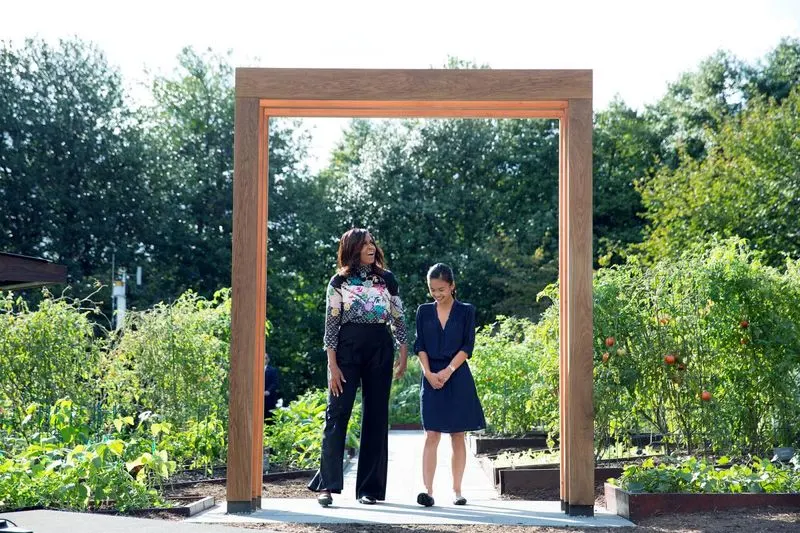
First Ladies have left their mark on the White House garden, shaping its design and purpose over the years. Each brought unique visions, from Jacqueline Kennedy’s historical restoration to Michelle Obama’s focus on healthy living. Their influence is evident in the garden’s layout and plant choices, reflecting diverse priorities and societal changes. These contributions highlight how the garden has evolved, mirroring cultural shifts and personal interests. The garden stands as a testament to the First Ladies’ roles as both caretakers and innovators.
Garden Tours and Events
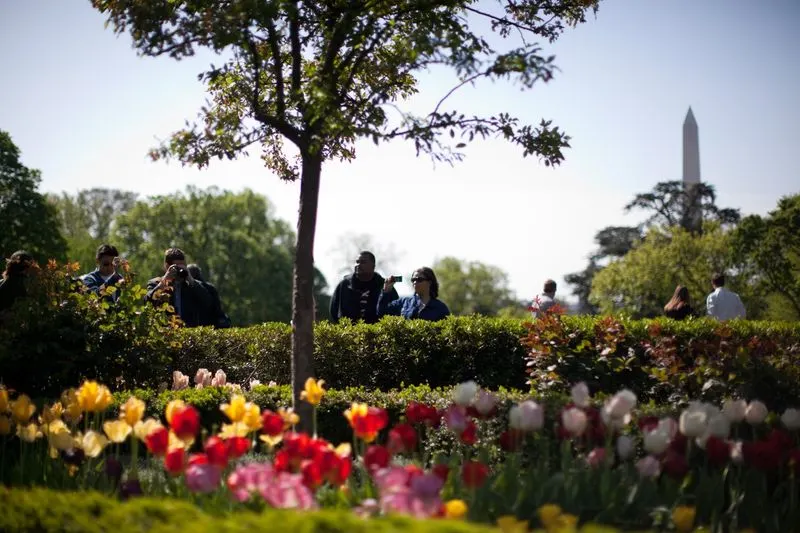
Public tours of the White House garden offer a glimpse into its captivating beauty and history. Led by knowledgeable guides, visitors explore its many facets, learning about its plants and their stories. Seasonal events, such as the annual Easter Egg Roll, add festivity, attracting people from across the nation. These tours provide a unique opportunity to experience the garden’s grandeur firsthand, fostering appreciation for its botanical diversity. It’s a place where history and horticulture converge, creating memorable experiences for all who visit.
Sustainability Initiatives
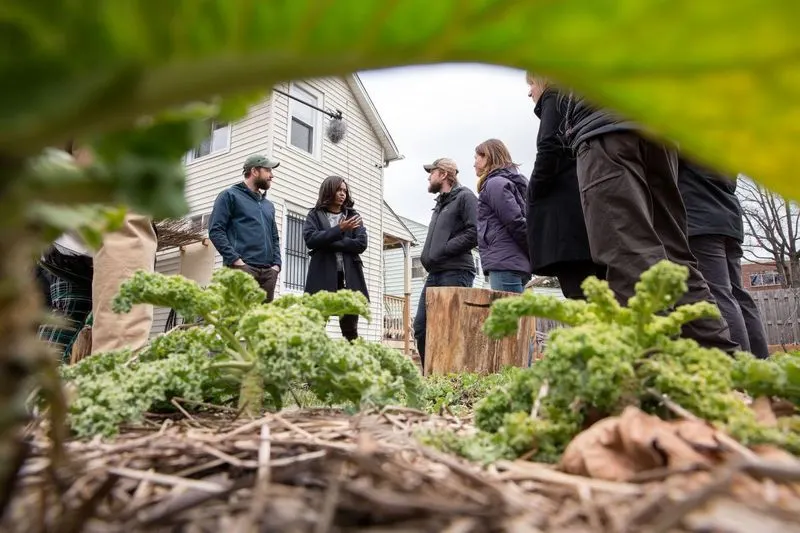
Sustainability is a core focus of the White House garden, with initiatives like composting and water recycling in place. These practices reduce waste and conserve resources, enhancing the garden’s ecological balance. Visitors often find inspiration in these methods, considering how they might implement similar strategies at home. The garden exemplifies how historical sites can lead in sustainability, merging tradition with innovation. By adopting these practices, the White House garden contributes to a greener future, encouraging others to follow suit.
Rare Plant Species
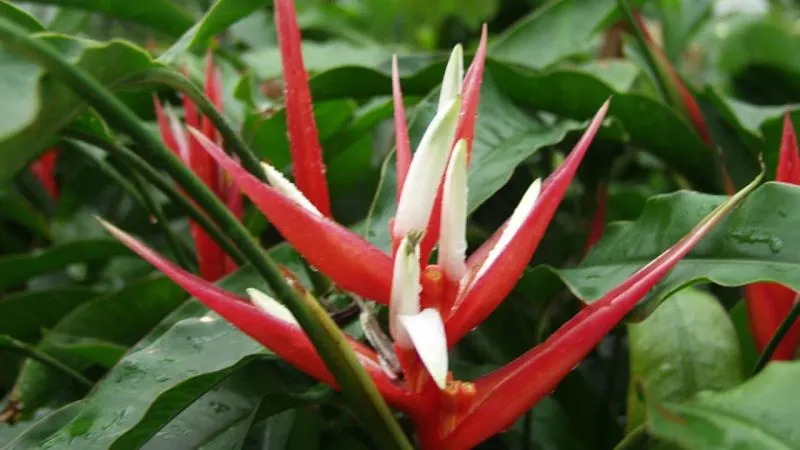
Among the diverse flora of the White House garden are rare plant species carefully cultivated for their uniqueness. These plants add an element of intrigue, capturing the attention of botanists and enthusiasts alike. Their presence underscores the garden’s role in conservation, protecting species that might otherwise be lost. This dedication to preserving biodiversity highlights the garden’s significance beyond aesthetics. It serves as a sanctuary for plant diversity, celebrating the rarity and beauty of nature’s creations.

